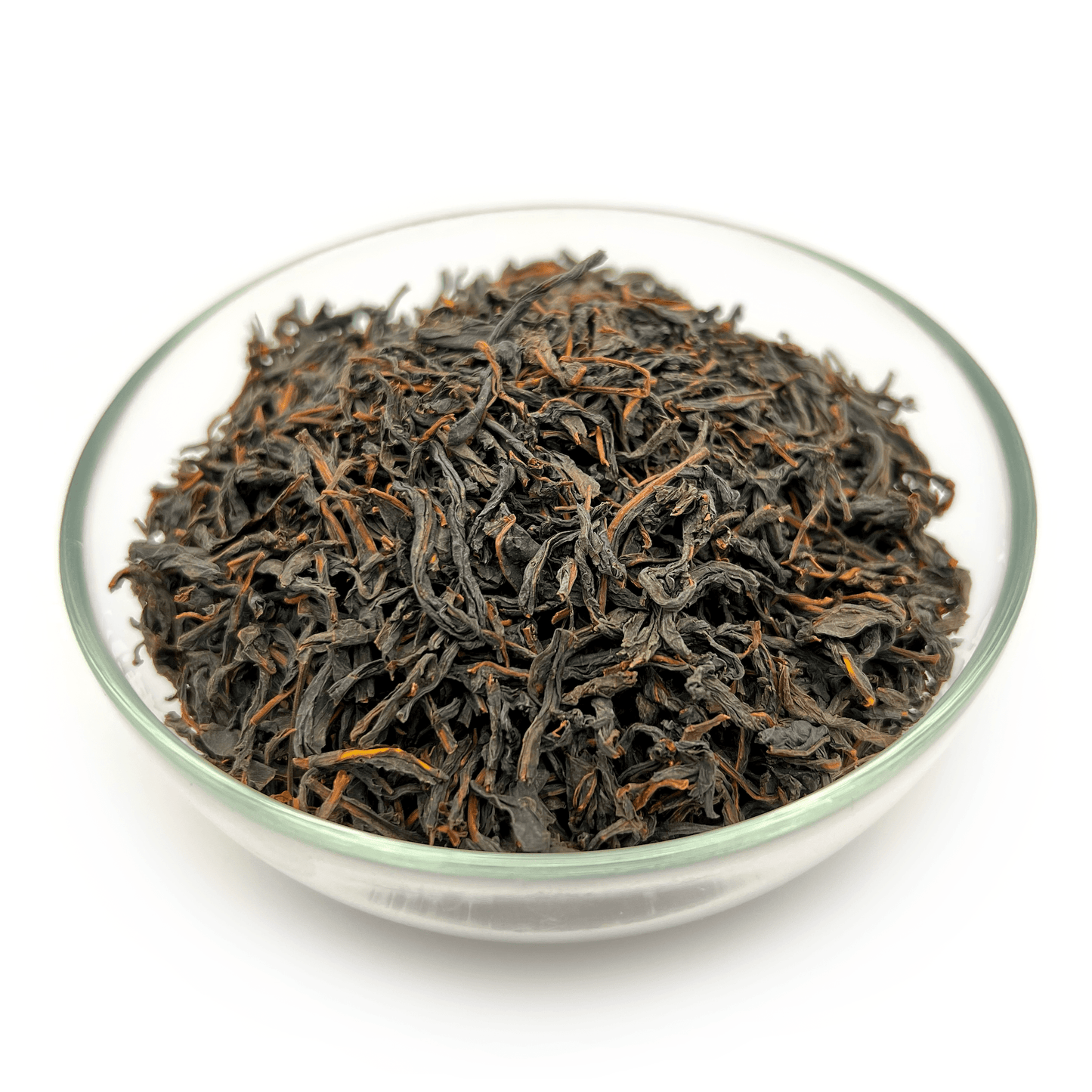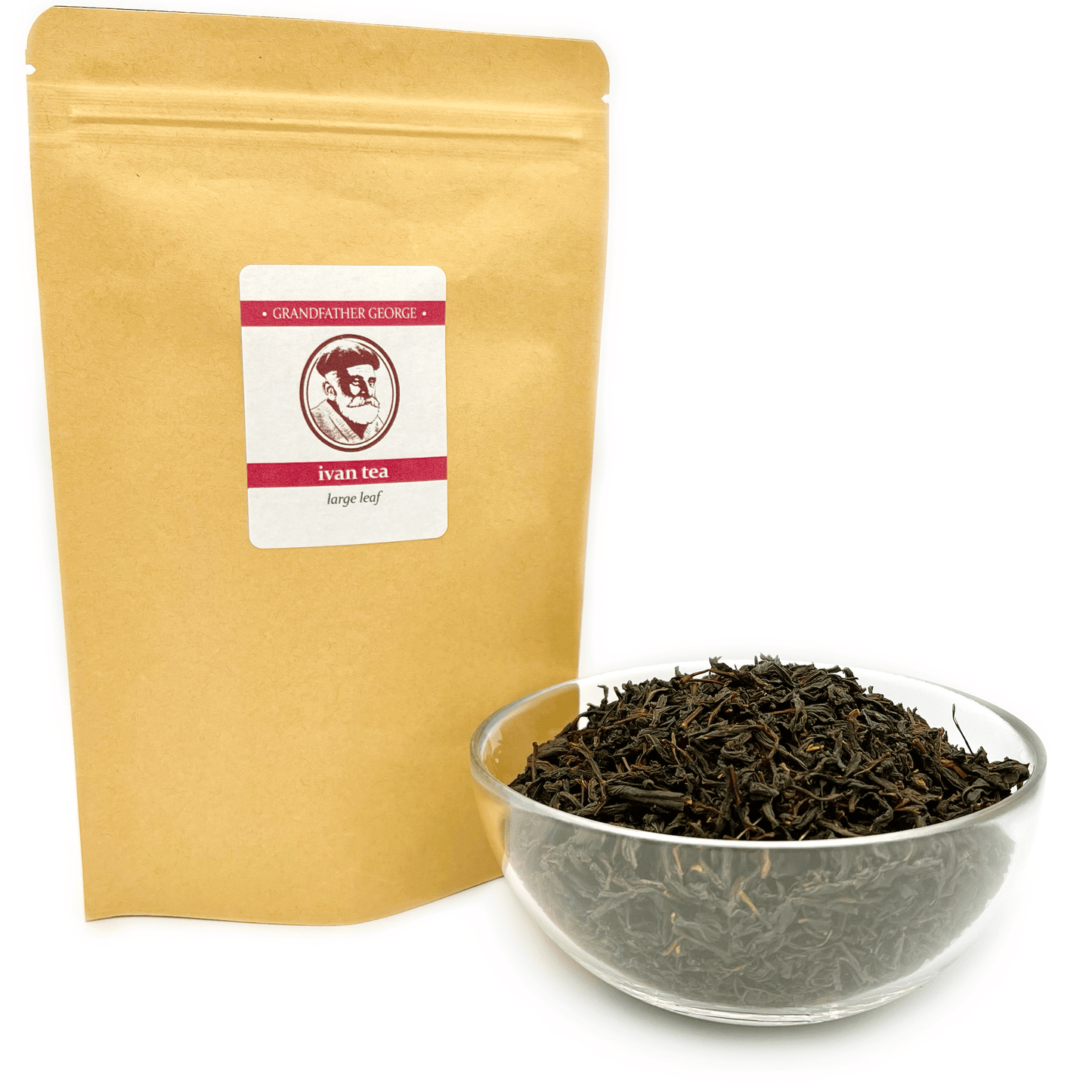Ivan-tea has many folk names, such as "Fireweed" or "Firefighter." It is called so for its ability to colonize burned areas rapidly.
Regardless of where it forms – deep in the forest, near a swamp, or on dry land – Ivan-tea quickly takes over the area. Few other plants can establish themselves as swiftly from scratch as Ivan-tea in the taiga zone.
This ability is highly beneficial for the taiga. Many truly forest trees, like spruce, for example, struggle to thrive in open spaces or face significant challenges in doing so. They suffer from excessive sunlight, struggle with temperature fluctuations between day and night, and contend with moisture levels and competition from herbaceous plants.
However, Ivan-tea alleviates these problems for young forests without competing with woody plants. Under its canopy, the young generation of spruce, for instance, thrives, and the taiga rapidly regenerates without spending time on prolonged succession.
Natural wildfires occur relatively rarely in the taiga, but with the arrival of humans and their slash-and-burn land clearing methods, extensive deforestation, and regular resettlements with the abandonment of certain villages before the Great Patriotic War, Ivan-tea found favorable conditions.
Indeed, Ivan-tea flourishes not only on burned areas but also on any abandoned fields, gardens, clearcuts, or power line clearings – all excellent places for colonization by the plant.
As a result, practically any human-induced change in taiga vegetation, or conversely, inaction, attracts Ivan-tea. It follows human activity and spreads wherever people have been.
This connection between Ivan-tea and human activity subsequently led to the emergence of the taiga beekeeping industry.
In conclusion, Ivan-tea grows where nature seeks to recover from human activity.






